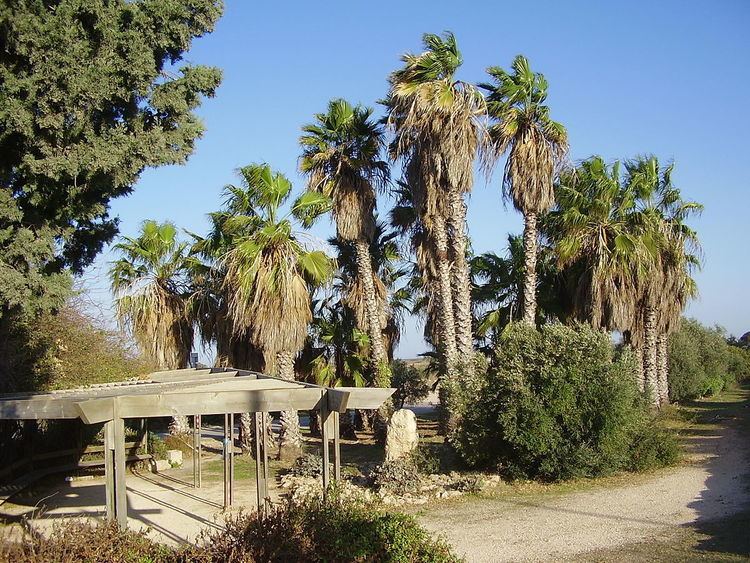Start date June 11, 1985 | ||
 | ||
The HaBonim disaster was an accident on June 11, 1985 in which a train crashed into a bus of schoolchildren on an outing from Y.H. Brenner middle school in Petah Tikva, Israel. The crash took place near Moshav HaBonim, killing 22 people (19 students, a teacher, the bus driver, and a parent), and injuring 17.
The bus involved in the incident was the second of four buses taking seventh graders from Y.H. Brenner middle school on an outing to the beach near HaBonim. The accident happened at a railway crossing less than a mile from the beach, which had no barrier to halt traffic. The director of Israel Railways said that the first bus made it safely across the tracks, while the second bus probably got stuck on the crossing as it tried to cross the dirt road. A Haifa-bound train travelling at 60 miles per hour then collided with the bus as it tried to free itself, crushing its sides, flipping it over, and throwing it 40 yards from the crossing. All of the dead were from the bus, while of the injured, 16 were from the bus and one was a soldier aboard the train.
Several investigative committees were appointed after the accident. The first, led by Professor Moshe Livneh of the Technion, found no mechanical faults in the bus. A committee led by Judge Ezra Kama recommended clearer signage at train crossings and installation of barriers.
The train operator, Shlomo Somech, was prosecuted for his role in the accident, but was found not guilty. Survivors of the accident who needed continuing medical treatment fought the Egged bus company for compensation.
Two weeks after the disaster, Yitzhak Peretz, a government minister from the Shas party, linked the train accident to Sabbath violation in Petach Tikva and invalid mezuzot at the school. Outraged parents of the victims unsuccessfully lobbied Prime Minister Shimon Peres to fire Peretz.
A memorial constructed at the site used rails from the train tracks with the victims' names inscribed on them. In 2004, it was discovered that metal thieves had stolen the rails.
In 1989 the rural dirt road at the level crossing was upgraded with asphalt paving. In 1990 crossing lights and crossing arms barriers were added. In 2006, in the wake of crashes at Revadim and Beit Yehoshua train crossings, Israel Railways accelerated its plan to minimize train-road interactions.
In 2001, fifteen years after the incident, the father of one of the victims committed suicide at the crossing where the disaster had occurred.
